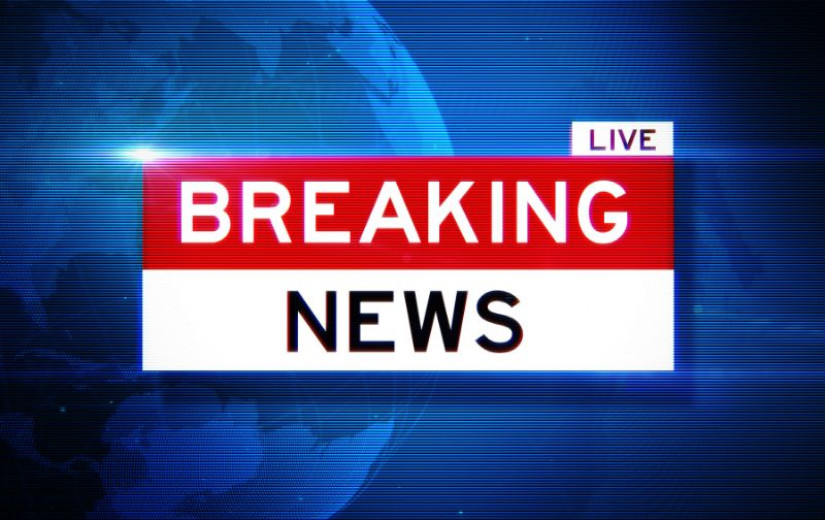![]()
Conservationist and photographer Shauna Hart creates work showcasing Rocky Mountain and Yellowstone wildlife in winter. With a busy schedule, she shared her photography, inspiration, and insights with PetaPixel.
Shauna Hart is an award-winning conservation photographer with a career spanning years of dedication to wildlife and the environment. While she was always drawn to the visual arts, she credits her husband, Scott, for opening her eyes to the beauty of the mountainous west. Jokingly referred to as her “Sherpa,” Scott is a lifetime outdoorsman with great experience roaming the West. His knowledge and passion for the wilds were an excellent source of support and inspiration for Shauna Hart.
When she married Scott, he brought her back to where he grew up, southeastern Idaho and northeastern Utah, where her love of the outdoors grew. From hiking and camping to her first forays with a cell phone and Canon Rebel, she began photographing natural beauty, not just appreciating it.
Hart began as many do by sharing her photographs with friends and family. Their positive feedback and encouragement were enough for her to invest in digital photography gear and enter her work in photography competitions. It wasn’t long before she was winning. With a vision board full of county fair ribbons, she was motivated to up her game. It was this investment in higher quality equipment that Hart says began what she calls her serious phase.

Six years later, she has won international awards, such as the Sony Alpha Female Grant for her photograph shown above. Most recently, in 2024, she was awarded the North American Nature Photography Association (NANPA) Top 31 Judges Choice in Conservation for a heart-breaking photograph. Full of passion, she describes the story behind the image, shown below:
“I had been working with Save People Save Wildlife, (Park City, Utah) as a contributing photographer for several years. The director actually lives near the state road (SR224) in Park City, Utah and sees the results of auto wildlife accidents weekly, particularly during seasonal migration.
The director and I were driving around trying to spot wildlife movement and activity early one morning. We were about done, not spotting too much activity, as the light was getting too harsh late in the morning. It was September, and the start of the school year had definitely increased traffic. Suddenly, she spied what looked like a patch of blood on the road. She turned the car around and pulled over to the side as we noticed a cow elk carcass. We both got out of the car, and she immediately knelt down to touch the elk and closed her eyes to grieve. It immediately became an emotion filled moment and I turned on the camera and began shooting. She stood up suddenly as she began to cry out loud. I knelt down and took more shots, making sure to get the light right and the traffic in the background. Even in that moment, I knew the shots I had taken told the story from her perspective, not so much of the dead wildlife. It was visceral for her and became so as I witnessed the moment through my viewfinder.
When returning home to edit, I tried to emphasize her a little bit more. Later when entering the NANPA yearly photo contest I really didn’t know if anyone would feel as if I did when I made the photo, but the title came easily — “The One Who Cares”.
I think the award alone was exciting and satisfying. Knowing that wildlife connectivity issues in my part of the world were important to others made a difference to me. It reminded me that my skills had gotten to the point that I could combine them with my passion for this issue and illustrate the two in a single photo made my day, week, and year! Given that, when I received an email later the day of the announcement from an admired international conservationist, a multiple award winning conservation photographer herself, telling me that photo was “the most emotional and photojournalistic image in the lot” I literally teared up. I had worked so hard, in my opinion, with limited resources for years to combine my passion and my improving skills in photography. It was one of the most validating experiences in my photography journey so far.”

Despite the acclaim and achievements, Hart still describes feeling that she lacks a defined style.
“Looking back over the last year or so, in particular, I think I’ve grown my work into my own style. It’s hard to define your own artistic creations when you’re so close to them from the view through the lens to the computer and editing process. If I’m being honest, I’d have to say I’m influenced by some of the “influencers” and those that have refined their own style. And, most importantly, influenced by the environment in which I’m shooting.
I believe it was Ansel Adams that said something to the effect that you don’t “take” a photograph, you “make” it. I didn’t really understand that early on. I certainly do now. I never worry when I’m photographing a rare sighting of wildlife in a line with 20 other wildlife lovers that my post on social media will be one of a thousand shots that look the same. Making an image from my view, from my “prescription” of experiences and knowledge, is so rewarding because it won’t look like anyone else’s. It is unique to me. I hope everyone else feels the same because they and their work are unique as well!”




Despite having accomplished so much in the past six years, Shawna Hart describes herself humbly. She shared that she still considers herself growing artistically and in her storytelling capabilities. With her beloved Sony a7R IV and Sony 200-600mm f/5.6-6.3 G lens, she seeks to create an artistic representation that tells the stories of her wildlife.
When out photographing, she starts with the standard profile shot and then moves on to the more professional environmental portrait. However, the best photographs that tell a story are where she lights up. Photographing subjects such as conservation issues in particular wildlife connectivity and behavior are her latest muse. She works with NGOs often to tell stories of the challenges that wildlife face versus the spread of humanity taking over once wild places. Some projects of note are her work with endangered whooping cranes, preservation of 100 year old Ash trees in a northern Utah, advocacy for the Great Salt Lake, and wildlife connectivity on roadways for dedicated wildlife crossings.






To create her storytelling wildlife perspectives, Hart describes a combination of reading and research directing her to photograph specific species in specific places. She reviews other photographers’ shots but also learns about that animal to inform and guide her. Weather also plays an essential factor. With a harsh winter season, the West certainly has a dichotomy that affects the animals, their habitats, and resulting behaviors. Knowledge of her wildlife subjects helps her combine that expertise with patience to create just the right photos to document the animals’ lives. Her ethos on her photography process is practical:
“Light, shadows, wildlife, weather, it’s all swirling around you as you try to “make” a photo. After almost 7 years, I can say that my photography has become intuitive. That’s not to say I still don’t study or search for a new way to compose or frame something up, but I think I’ve practiced enough to have trained my brain to recall basics and my preferences in shooting. This goes without saying, but as with everyone I know and admire, no matter how much experience you have or what gear you shoot with, there are going to be “bad” shots. That’s just the nature of the game! And that’s ok! Often, I learn through failures.”
It was that practical approach and dedication to research to assist in her photography that also turned her on to conservation and advocacy work. She’s drawn to conservation issues, particularly wildlife connectivity and behavior. As a passionate individual, she has just been asked to lead the Utah Wildlife Federation as board chairman and describes it as her latest passion project.
“Having just been asked to lead the Utah Wildlife Federation as Board Chairman, for now, that is where my focus lies. The entire intermountain west is at a critical juncture for wildlife legislation, water policy, and most states are in the throes of developing current Wildlife Management Plans. Any efforts I may contribute, photography or otherwise, to these issues which I am also passionate about, is what takes up precious time now. I do consciously spend several times a week in the field photographing this amazing world, at least in my little corner. In 2025 I will have the opportunity to collaborate with several NGOs (non-government organizations) that need their passion projects documented and other important stories told. I’m looking forward to sharing those experiences.”


To keep up with Shauna Hart’s adventures in wildlife conservation, she can be found on Instagram and her website ByHartPhotography.com. She also leads winter Yellowstone trips via Fresh Tracks Tours.
Image credits: Shauna Hart.









